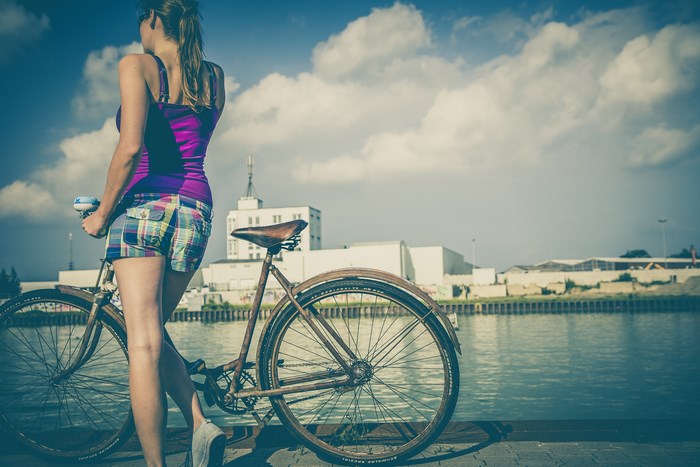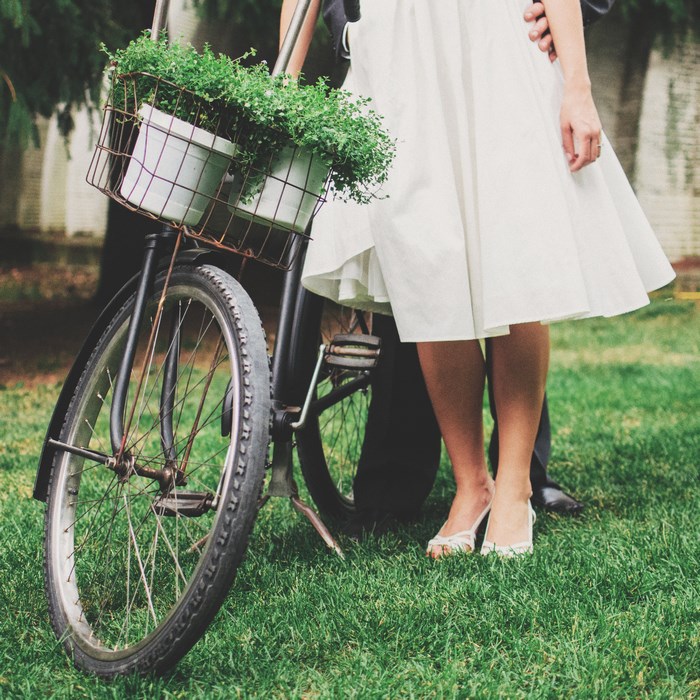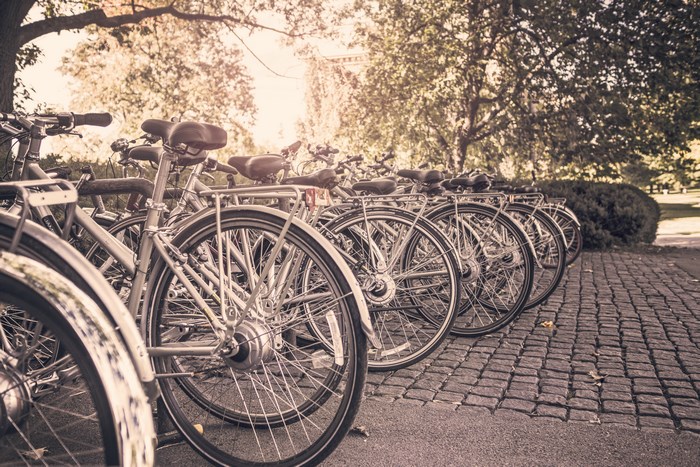Cycling is for everyone, the young, the old, the physically fit and individuals with a sedentary lifestyle. Everyone can benefit from getting on a bike. When cycling is done regularly, it can help to boost the circulatory system and burn extra calories by the hour. With the development of different types of bikes, a bike is now easier, and there are so many options to suit your lifestyle. Here are ten tips that can help you to improve your performance and stay fit when cycling.

1. Always wear head protection
A helmet is an important protective item that you must wear when cycling. It can help to prevent serious head injuries and trauma if you happen to be involved in an accident when cycling. Make sure the helmet you wear is in a bright color, fits perfectly and meets the required standards.
2. Choose the right frame size
The primary thing when shopping for a bike is to find out the size and measurement. Always ensure you choose a suitable frame size for your body. You need to make sure that there is adequate space between your groin and the top tube.

3. Watch out for the handlebars
The handle bars also need to be slightly lower than the seat top. When you are getting a bicycle, ask the dealer to explain the different variations and help you choose one that fits your frame.
4. Choose an ideal bicycle seat
When selecting a bike seat, consider your comfort as a priority. Pick a saddle that is wide and cushioned at the back if you have a bigger body frame. Sometimes the seat can cause pressure and friction when you ride so opt for one that is filled with gel or pads or designed using sheepskin. These materials make the seat a lot more comfortable. Avoid a seat that is bent too much or is too low.

5. Adjust the seat
If you find yourself straining to reach for the pedal, the seat is too high, so you need to change it slightly. Make sure that the seat is adjacent to your sitting position for it not to takes too much pressure on your lower regions. Since the trip might be a long one, make sure that how you position yourself is vital to make it a rather comfortable ride.
6. Start with baby steps
If you haven’t been cycling for the longest time, it’s always best to start slowly. Don’t get on the bike for the first time and expect to pedal for hours. An electric bike might also help as to give you a sense of balance and feel of the ride. Give yourself like 30 minutes to drive on a flat terrain for at least three to four weeks.

7. Improve your performance with time
You can always get better results by timing your average speed during your trial runs. Take notice of your breathing and muscle endurance as you go further. Also, keep in mind the various signals that trigger your reflexes as you are on the road. After every ride, give your body a time to recover from the muscle fatigue. Remember you’ll get a better workout if you pedal for longer and rougher terrain.
8. Always dress the part
Cycling requires comfort if you tend to do it for a long time. Look for some comfortable bike shorts especially if the weather is hot. Avoid too much fabric because you are likely to feel the irritation as you cycle. You can opt for the cycling shorts that are designed with a special lining to absorb sweat.

9. Choose the right footwear
Go for flat cycling shoes because they can help you to pedal more powerfully and efficiently. The right type of shoe will determine how you can go from a swift peddler to an accident waiting to happen. Consider the size of the shoe and how it grips to the pedal of the bike so that it would not be difficult for you to maneuver across the terrain. Also, take note of the insulation of the footwear so if it has a breathable fabric, therefore, the more miles you could breeze through. Be distinct and research before you purchase so that it’s durability can take you to your destination safe and sound.
10. Braking
While biking, you will always encounter a situation wherein you need to stop so press the brakes firmly and slide to the back of the saddle. If you are going downhill, you must reduce the speed of the bike, to do so just tap the brakes by applying intermittent pressure. Avoid squeezing the brakes too hard or pressing the front brake first.

Author Bio:
